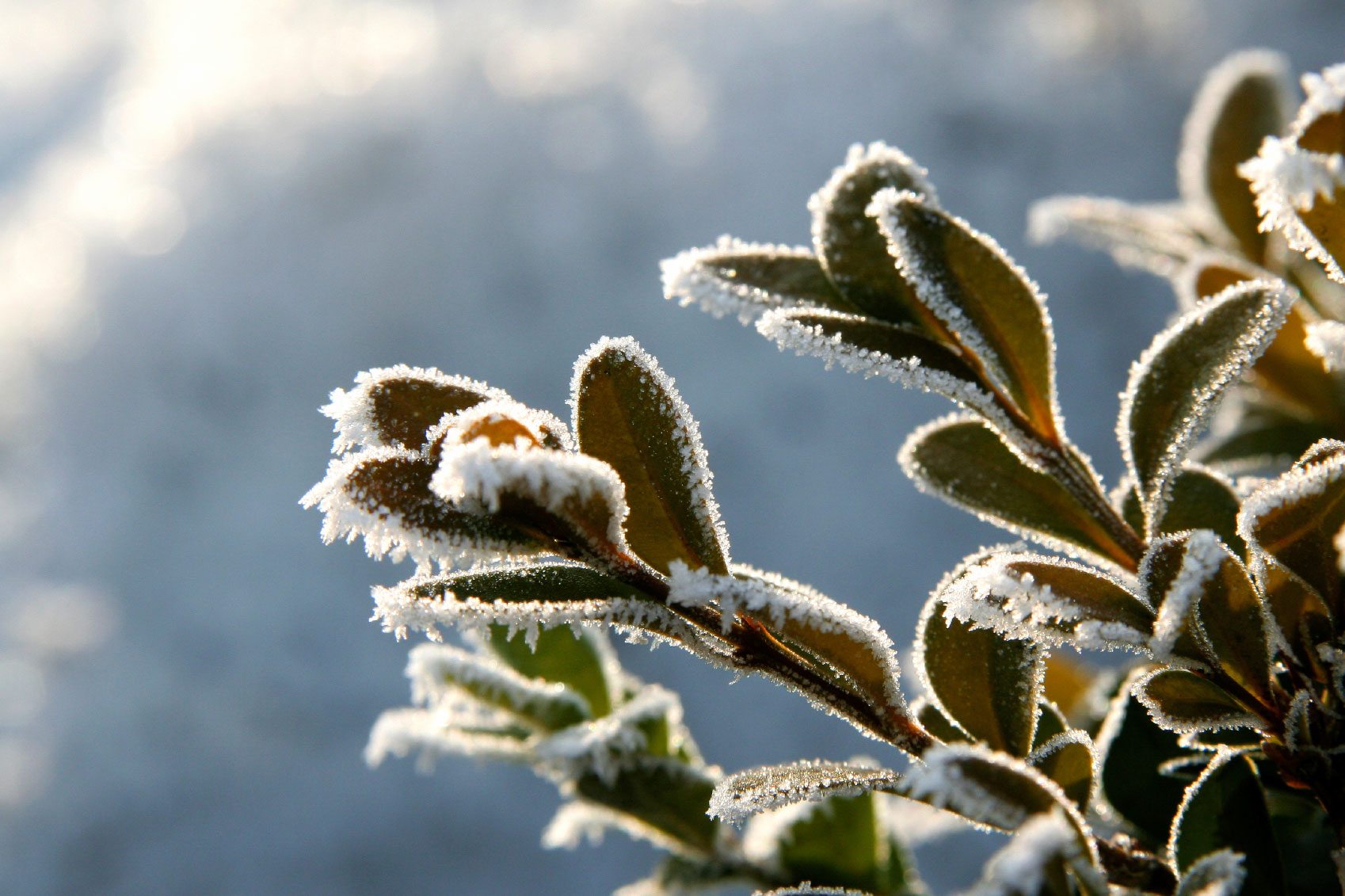Evergreen Winter Damage: What To Do For Cold Injury In Evergreens


Evergreens are hardy plants that remain green and attractive even during the deepest depths of winter. However, even these tough guys can feel the effects of winter chill. The cold can leave evergreens looking bare and bedraggled, but unless the damage is substantial, cold injury in evergreens usually isn't deadly.
Winter Damage of Evergreen Shrubs
Winter burn occurs when evergreens dry out during the winter. This happens when moisture evaporates through the leaves or needles and the roots are unable to absorb water from the frozen ground. This is most common when evergreens are exposed to cold winds and periods of warm, sunny days. A winter-burned shrub displays dry leaves or needles that die and drop from the tree. However, the damage may not be apparent until the temperatures rise in spring, when growth turns reddish brown or yellow.
Treating Evergreen Winter Damage
Water winter-damaged evergreens thoroughly in spring, then keep an eye on the plants as they send out new growth. In time, the growth will probably fill in the bare spots. If the shrubs display dead branches or branch tips, cut the damaged growth back to about 1/4 inch (6 mm.) above a live bud.
Protecting Evergreens in Winter
Evergreens are more likely to withstand winter cold if the plants are well-watered throughout summer, fall, and early winter. Plants that suffer drought are weakened and more susceptible to damage. As a general rule, each evergreen should receive at least an inch (2.5 cm.) of water every week. Don't depend on a sprinkler to do the job. Use a soaker system or let a hose trickle at the base of the shrub so the water saturates the root zone. If the ground thaws during the winter, use the opportunity to give the plant a good soaking. A 3 to 6 inch (8-15 cm.) layer of mulch spread around the base of the shrub helps protect the roots and conserve soil moisture. Extend the mulch out at least to the dripline, the point where water drips from the tips of the outermost branches. A commercial anti-transpirant, which forms a protective layer on stems and leaves, is often a good investment, especially for young plants or susceptible trees/shrubs such as arborvitae, rhododendron, or boxwood.
Sign up for the Gardening Know How newsletter today and receive a free copy of our e-book "How to Grow Delicious Tomatoes".

A Credentialed Garden Writer, Mary H. Dyer was with Gardening Know How in the very beginning, publishing articles as early as 2007.